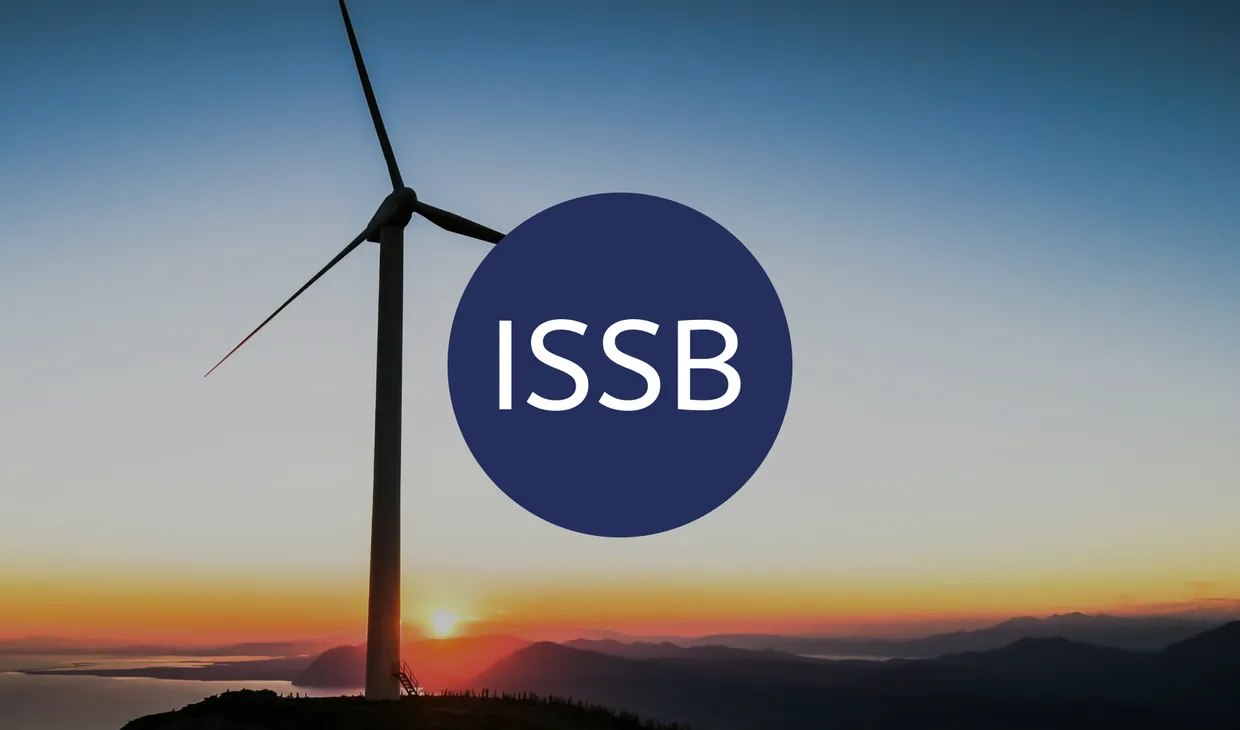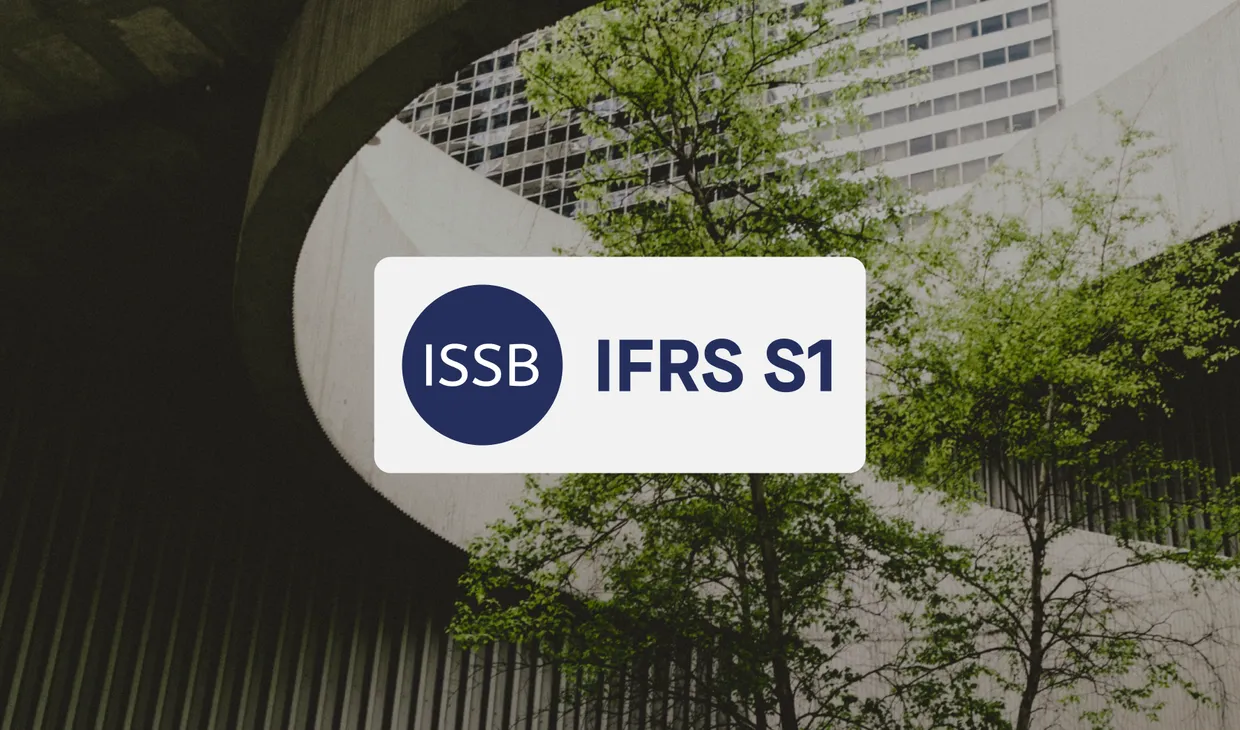As sustainability expectations rise globally, regulators are stepping in to standardize disclosures. On 28 February 2024, Singapore took a major step by announcing mandatory climate related financial disclosures aligned with the International Sustainability Standards Board (ISSB). These will apply to all Singapore Exchange (SGX) listed companies starting in FY2025, and to large non-listed companies by FY2027.
This shift reflects a global movement toward consistent and decision-useful sustainability disclosure standards, helping investors and other capital market participants better assess climate related risks and long-term value. For companies in Singapore, this is both a regulatory requirement and a strategic opportunity to align with global expectations and attract investment from global capital markets.
What are climate-related disclosures?
Climate disclosures are structured reports that help companies communicate their exposure to climate risks, their mitigation strategies, and the metrics they use to track progress. These disclosures allow stakeholders—including investors, regulators, and consumers—to evaluate how well a company is adapting to a changing climate, based on the sustainability related financial information provided.
In Singapore, the corporate regulatory authority (ACRA) and Singapore Exchange Regulation (SGX RegCo) have outlined new requirements that include:
- Reporting Scope 1 and 2 GHG emissions starting FY2025 (for listed issuers) and FY2027 (for large non-listed companies)
- Reporting Scope 3 emissions from FY2026 for listed issuers
- Conducting limited assurance of emissions data, beginning FY2027 for listed issuers and FY2029 for large non-listed companies
These disclosures must be incorporated into companies’ financial statements, signifying the seriousness with which climate risk is now being viewed by regulators and investors alike.
What is the ISSB?
The International Sustainability Standards Board (ISSB) was formed by the IFRS Foundation to create the ISSB standards, a unified global baseline for sustainability reporting standards. The aim is to deliver globally comparable information that meets the needs of stakeholders. The ISSB has international support with its work to develop sustainability disclosure standards backed by the G7, the G20, the International Organization of Securities Commissions (IOSCO), the Financial Stability Board
What are the ISSB standards?
The ISSB published its two key frameworks in June 2023:
IFRS S1 – General Requirements for Sustainability-Related Financial Disclosures
IFRS (International Financial Reporting Standards) S1 sets out the core principles for companies to disclose sustainability related information that could reasonably be expected to affect their financial condition or performance.
Key elements include:
- Governance around sustainability risks
- Strategic responses to sustainability issues
- Risk management practices
- Metrics and targets used to manage sustainability performance
IFRS S2 – Climate-Related Disclosures
IFRS S2 focuses specifically on climate related financial disclosures, including:
- Scope 1, 2, and eventually Scope 3 GHG emissions
- Climate resilience strategies and scenario planning
- Transition risk disclosures and net-zero commitments
Together, IFRS S1 and S2 create a robust, standardized foundation for businesses to integrate climate and sustainability considerations into their financial planning and reporting.
Which businesses are covered?
Singapore’s new CRD framework follows a phased approach and targets both listed and large non-listed entities.
Listed issuers
- Must report Scope 1 and 2 emissions from FY2025
- Scope 3 reporting becomes mandatory from FY2026
- Required to conduct limited assurance of emissions from FY2027
Large non-listed companies (NLCos)
- Required to report Scope 1 and 2 emissions from FY2027
- Scope 3 reporting may be required from FY2029, pending review
- Limited assurance obligations begin in FY2029
To be considered “large,” a non-listed company must meet at least two of the following thresholds over two consecutive years:
- Revenue of SGD 1 billion or more
- Total assets of SGD 500 million or more
- 500 or more employees
Exemptions and transitional relief
NLCos are exempt if their parent companies already publish ISSB-aligned or equivalent reports (e.g., European Sustainability Reporting Standards (ESRS)). If the parent’s report is public and includes the NLCo’s operations, no separate submission is needed.
Companies that use frameworks such as the Global Reporting Initiative (GRI) or Task Force on Climate-related Financial Disclosures (TCFD) will have a three-year transition period—from FY2027 to FY2029—before being required to comply fully with the new IFRS sustainability disclosure standards.
What is the timeline for implementation?
The roadmap, developed by the Sustainability Reporting Advisory Committee (SRAC), outlines a clear schedule for compliance:
| Year | Listed Issuers | Large Non-Listed Companies |
|---|---|---|
| FY2025 | Scope 1 & 2 emissions reporting begins | — |
| FY2026 | Scope 3 emissions reporting begins | — |
| FY2027 | Limited assurance begins | Scope 1 & 2 reporting begins |
| FY2029 | — | Limited assurance and potential Scope 3 reporting |
This phased approach gives companies time to build systems and capabilities while setting a firm timeline for integrating sustainability related financial disclosures into business practices.
How does the ISSB compare to other existing frameworks?
As companies move toward ISSB-aligned reporting, it’s important to understand how it compares with other widely used frameworks like GRI, CSRD, TCFD, and CDP. Each offers a different lens on disclosure of sustainability related issues, with varying focus on stakeholders, related risks and opportunities, and climate change.
GRI – Global Reporting Initiative
The GRI standards are impact-focused, aiming to address how a company affects society and the environment. It emphasizes broad accountability to stakeholders, with less focus on financial impact. ISSB, by contrast, centers on how sustainability related risks affect enterprise value—making the two frameworks complementary.
CSRD – Corporate Sustainability Reporting Directive
The EU’s CSRD uses a double materiality approach, requiring disclosure of both financial and broader societal impacts. It goes beyond ISSB in scope, but shares common ground on key disclosure requirements. Businesses operating in both Europe and Asia may need to align reports to meet both sustainability reporting standards.
TCFD – Task Force on Climate-related Financial Disclosures
ISSB’s IFRS S2 is built directly on TCFD principles, including governance, strategy, risk management and metrics. Companies already using TCFD will find it relatively easy to transition to ISSB.
CDP – Carbon Disclosure Project
CDP offers detailed questionnaires on climate change and environmental risks. While not a framework, it aligns closely with TCFD and ISSB. Many ISSB-aligned disclosures will support CDP responses, especially those focused on related risks and opportunities.
How can companies prepare?
Meeting the ISSB-aligned CRD obligations is not just about ticking boxes—it’s about building a credible, transparent sustainability strategy. Here’s how companies can get started:
Understand the standards
Get familiar with IFRS S1 and S2, and compare them with your current practices. Many Singaporean companies already report using frameworks like GRI or TCFD, but these may not fully meet the depth required under the IFRS sustainability disclosure standards.
Conduct a gap analysis
Assess your readiness by evaluating your ESG data collection, internal controls, and reporting workflows. Understand where your current financial statements may need adjustments to incorporate sustainability data.
Begin emissions tracking
Start collecting and validating Scope 1 and 2 emissions data now. As Scope 3 data collection is complex, particularly for companies with global supply chains, it’s wise to begin engaging with vendors and partners early.
Build internal capabilities
Establish a sustainability teams or working groups that includes finance, risk, operations, and legal teams. Training and capacity-building are essential for smooth implementation.
Integrate climate risk into governance
Ensure that climate related risks are considered in corporate governance, risk assessments, and strategic planning. Board-level accountability is key under IFRS S1.
Develop scenario analysis and transition plans
ISSB expects companies to disclose how their business strategies perform under different climate scenarios. This includes defining a clear roadmap toward decarbonization and resilience.
How can ESG software help?
Transitioning to ISSB-aligned reporting can be complex, but ESG software platforms are rapidly evolving to support these new demands. The right tools can provide a major advantage.
Simplified data collection
Automate emissions tracking across multiple business units and geographies. ESG platforms can pull data directly from systems and reduce the risk of manual error.
Compliance-ready templates
Leading ESG solutions are now designed to align with IFRS sustainability disclosure standards, including pre-built templates for S1 and S2 reporting.
Scenario modeling and climate risk analytics
Advanced software tools include scenario analysis aligned with TCFD and ISSB expectations, enabling businesses to assess climate related risks and define strategic responses.
Assurance support
Platforms that track audit trails and offer document version control make it easier to meet limited assurance requirements—especially critical as Singapore moves toward higher verification standards.
Supplier engagement and Scope 3 support
For Scope 3 disclosures, ESG platforms can help companies engage with suppliers, distribute data collection forms, and use estimations aligned with industry best practices.
Final thoughts
Singapore’s adoption of ISSB-aligned sustainability related standards represents a new era of corporate accountability and transparency. These regulations are not just about compliance—they offer a framework to better understand and manage climate related risks, drive long-term value, and align with the expectations of capital market participants.
As the first major deadlines approach, companies that act now will be best positioned to comply efficiently, demonstrate leadership, and attract capital from global capital markets seeking consistent, high-quality globally comparable information.
Climate disclosure is no longer optional—it’s essential. And for forward-looking businesses, it’s a strategic edge.



